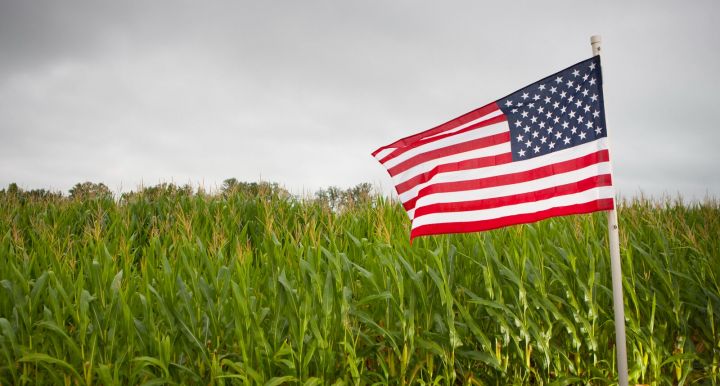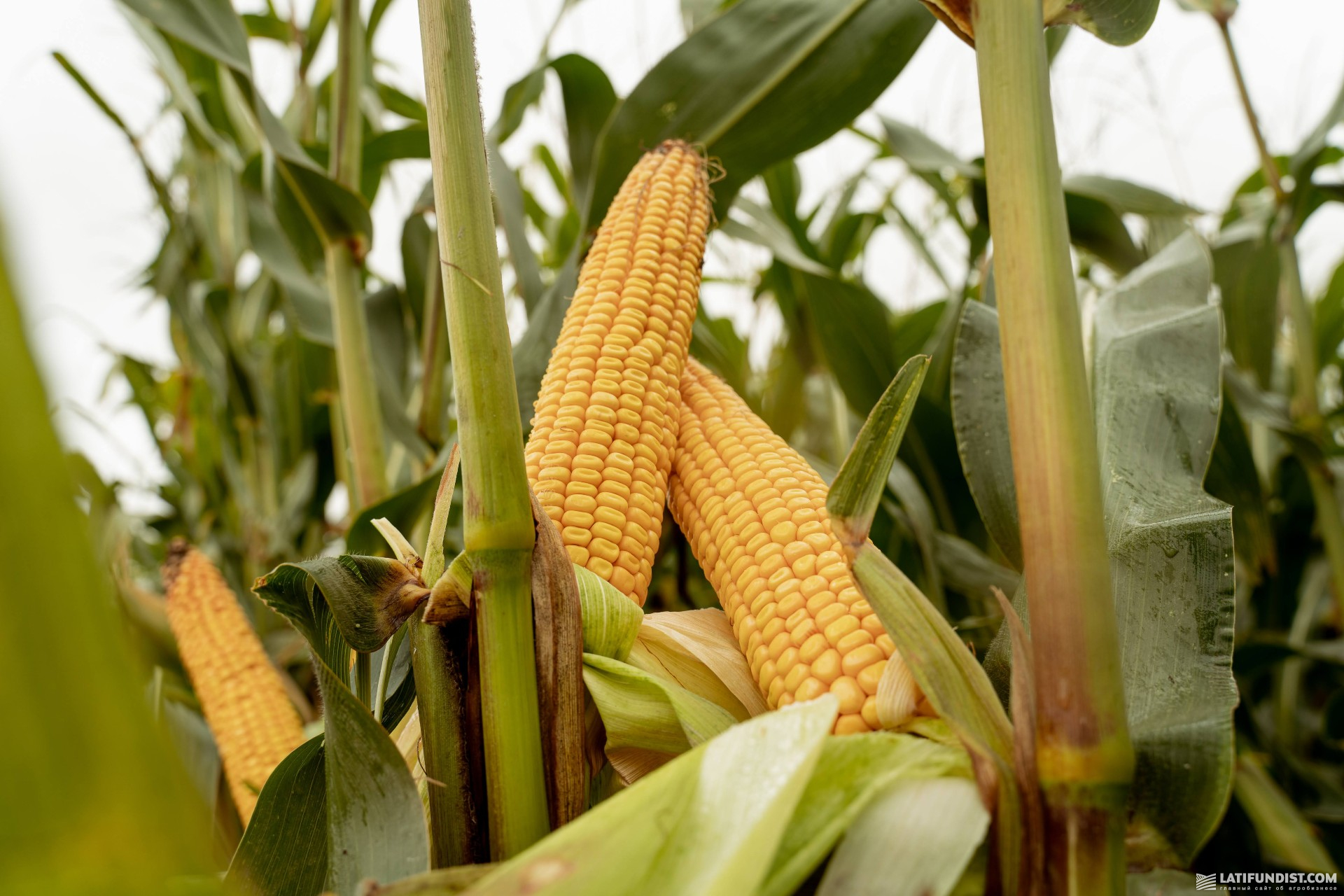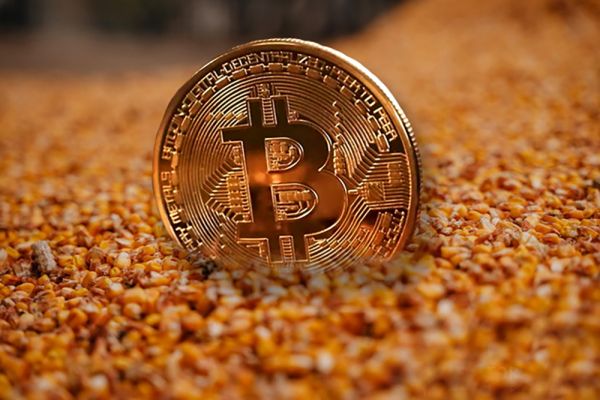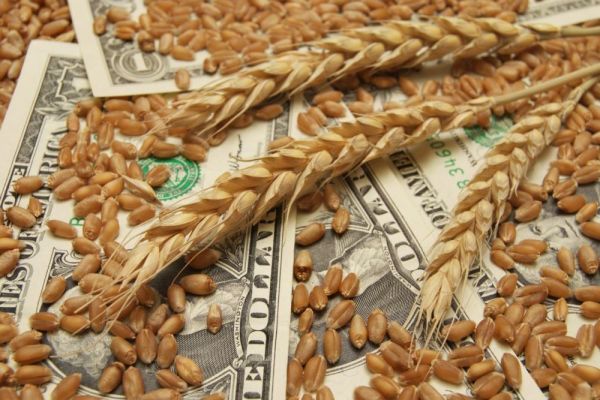Let’s Look In the Pocket of an American Farmer. How Much Do Corn Production and Land Rent Cost per 1 Hectare?
Artem Bielienkov, the speaker of the online course "Precision Farming" («Чітке ТЗ») by Kultivariy education platform, visited the United States at the beginning of the year. In the blog, he shares with us practical economic indicators of farming in the United States. In particular, if you are interested in the cost of growing corn in the United States and what it consists of, read below.
Business trip to the USA
In mid-January, I was on a business trip to the United States. I met our business partners there, as well as local farmers. We discussed the economics and margins of their business, land bank management peculiarities, the cost of land per 1 ha, the amount of rent per 1 ha, and other matters. I want to share the outcomes of the conversations and my notes with you.
There are large cooperatives in the US market that serve farmers and have their infrastructure, elevators, machinery, general supply and sales. Small farmers unite, cultivate more land, save on equipment and materials, get better prices on larger volumes, and so on. Some of them are dealers of certain brands and products.
We met with a farmer who teamed up with two other farmers. Together they cultivate about 1.5 thousand hectares, about 0.8 thousand hectares of which are owned by them, and the rest they rent from "absentee landlords" (missing landowners).
All costs they distribute proportionally to the land bank. This year, "our" farmer had to add more money to the general fund because his uncle bought 32 hectares for almost USD 1 million. Now this farmer has a larger share in the land bank (30%). He replenishes the investment fund, taking into account their investment rate per 1 hectare.
The economics of corn production in the United States
Let's move on to the economy. I want to emphasize that everything there is counted in acres and bushels. For Ukrainian readers, I converted the numbers to the metric system — to hectares (1 ha = 2.4691 acres) and t/ha (1 bushel of corn/acre = 0.0627 t/ha).
Information about the farm:
- Location: Illinois.
- Crop: corn after soybean.
- Average precipitation: 550-600 mm/year (during the vegetation period).
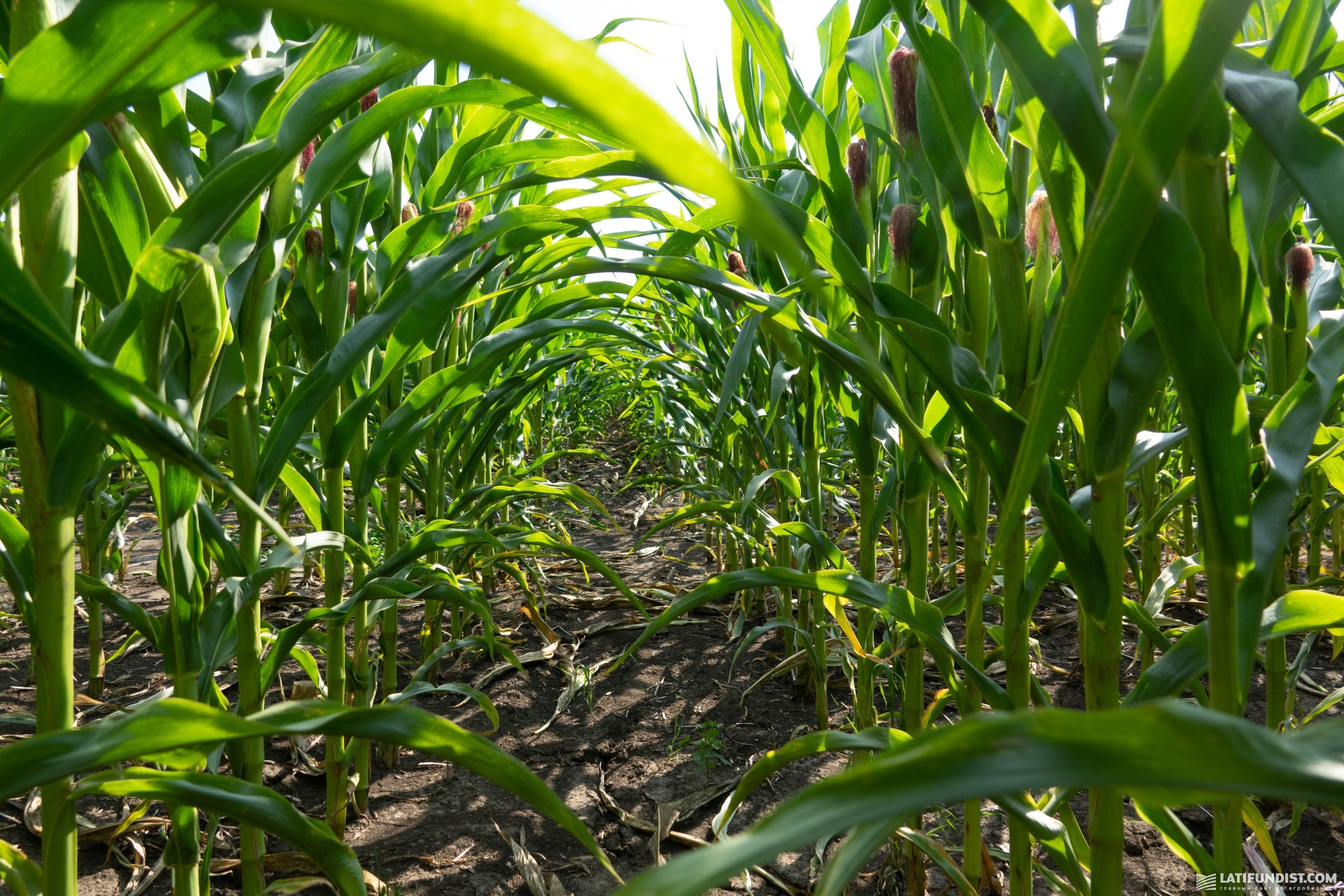
Last season's economy:
- Average corn yield = 15 t/ha
- Average corn price = USD 217
- Farmer's revenue = 3,259 USD/ha
- Corn production costs = 2,194 USD/ha:
- Land rent = 987 USD/ha;
- Agricultural machinery costs = 331 USD/ha;
- Fertilizers = 301 USD/ha;
- Seeds = 237 USD/ha;
- Crop protection products = 158 USD/ha;
- Labor costs = 99 USD/ha;
- Other costs = 81 USD/ha.
Revenue = 1065 USD/ha*
* it is about 400-600 USD/ha on average for the last 5 years.
LEARN MORE: The Ukrainian Agro is not like American
The economics of land bank management in the United States
The economics of land bank management is as follows:
- Land is expensive — if converted into hectares, agricultural land costs approximately USD 30 to 40,000 per hectare.
- Rent includes a fixed fee and a variable part, which depends on yields and product prices (the higher the revenue, the higher the rent).
- Rents range from USD 850/ha to USD 1,100/ha, which is an average of 2.5-3.0% of the land value.
As for the farmer we met, his 250 hectares cost about USD 10 million and could bring revenue of about USD 250,000 a year. With extra work and efforts, he earns an additional $125,000 from this land, and about $125,000 from the land leased from other owners.
Exchange of experience and technologies
American farmers are quite technological, especially in Illinois, where offices and production sites of brands such as Precision Planting, 360 Yield Center, AGCO, John Deere, Yetter, etc. are located. What did I pay attention to?

The exchange of experience between technology producers and farmers is very fast. In terms of innovative solutions, local farmers are fully equipped with navigation, seeders are mostly by Precision Planting. This year, as in Ukraine, drones were widely used for applying CPP around the country. The reasons are the same: either the weather did not allow sprayers to work in the fields, or the crops were quite high.
Agrochemical analyzes are performed by local laboratories according to the rules set by universities and local authorities. Interestingly, we all talk about taking 1 sample from 5 or 10 hectares, and in the USA samples are usually taken from 1 hectare.
As part of corn and soybean production, local farmers have increased the use of strip-till technology to 50% of all areas in the region, which is significantly ahead of the introduction of technology in Ukraine. Strips are shifted, corn is always in one strip, and soybeans — in another, slightly shifted.
Everyone counts money when investing in any technology and innovation.
Prospects for development in Ukraine
Comparing the economies of the US and Ukrainian farmers, I was once again convinced that in Ukraine:
- land will become more expensive;
- rents will increase;
- the cost of inputs will increase;
- average income per hectare will not increase.
Actually, there is nothing new: to get the same revenue, you need to be more efficient. Areas for improvement are also quite familiar, you just need to:
- effectively manage the land bank using online analytics from land plots and fields;
- implement the best modern cultivation practices, learn not only from your own mistakes but also from others' success;
- increase the efficiency of field operations by introducing precision farming technologies;
- become transparent to the banking sector because the value of money is also a cost and it needs to be managed.
Artem Bielienkov, founder of SmartFarming


